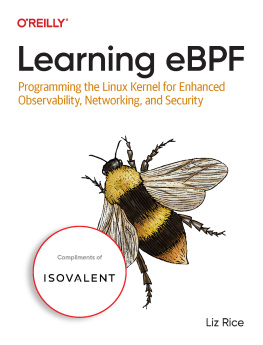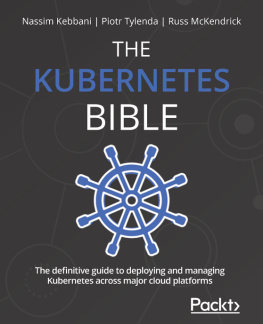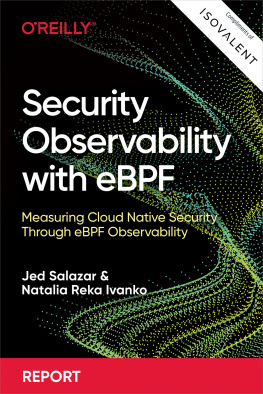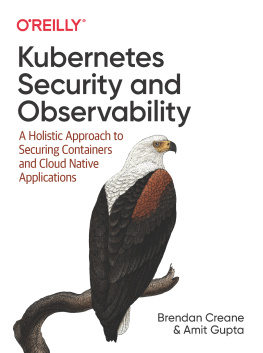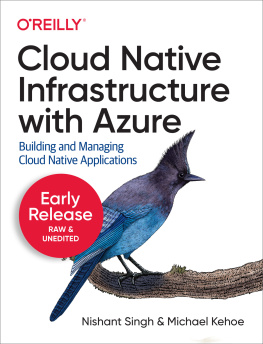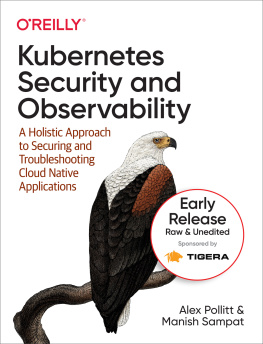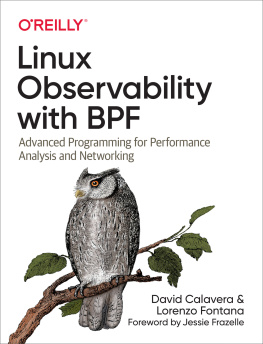Observability Engineering
by Charity Majors , Liz Fong-Jones , and George Miranda
Copyright 2022 Hound Technology, Inc. All rights reserved.
Printed in the United States of America.
Published by OReilly Media, Inc. , 1005 Gravenstein Highway North, Sebastopol, CA 95472.
OReilly books may be purchased for educational, business, or sales promotional use. Online editions are also available for most titles (http://oreilly.com). For more information, contact our corporate/institutional sales department: 800-998-9938 or corporate@oreilly.com .
- Acquisitions Editor: John Devins
- Development Editor: Virginia Wilson
- Production Editor: Kate Galloway
- Interior Designer: David Futato
- Cover Designer: Karen Montgomery
- Illustrator: OReilly Media, Inc.
- January 2022: First Edition
Revision History for the Early Release
- 2020-08-17: First Release
- 2020-12-08: Second Release
- 2021-01-11: Third Release
- 2021-02-11: Fourth Release
- 2021-03-05: Fifth Release
- 2021-05-03: Sixth Release
- 2021-06-28: Seventh Release
- 2021-07-20: Eighth Release
- 2021-10-08: Ninth Release
See http://oreilly.com/catalog/errata.csp?isbn=9781492076445 for release details.
The OReilly logo is a registered trademark of OReilly Media, Inc. Observability Engineering, the cover image, and related trade dress are trademarks of OReilly Media, Inc.
The views expressed in this work are those of the authors, and do not represent the publishers views. While the publisher and the authors have used good faith efforts to ensure that the information and instructions contained in this work are accurate, the publisher and the authors disclaim all responsibility for errors or omissions, including without limitation responsibility for damages resulting from the use of or reliance on this work. Use of the information and instructions contained in this work is at your own risk. If any code samples or other technology this work contains or describes is subject to open source licenses or the intellectual property rights of others, it is your responsibility to ensure that your use thereof complies with such licenses and/or rights.
This work is part of a collaboration between OReilly and Honeycomb. See our statement of editorial independence.
978-1-492-07637-7
Preface
A note for Early Release readers
With Early Release ebooks, you get books in their earliest formthe authors raw and unedited content as they writeso you can take advantage of these technologies long before the official release of these titles.
If you have comments about how we might improve the content and/or examples in this book, or if you notice missing material within this chapter, please reach out to the editor at vwilson@oreilly.com.
Thank you for picking up our book on observability engineering for modern software systems. Our goal is to help you understand how to develop a practice of observability within your engineering organization. This book is based on our experience as practitioners of observability, and as makers of observability tooling for users who want to improve their own observability practices.
As outspoken advocates for driving observability practices in software engineering, our hope is that this book can set a clear record of what observability means in the context of modern software systems. The term observability has seen quite a bit of recent uptake in the software development ecosystem. This book aims to help you separate facts from hype by providing a deep analysis of:
What observability means in the context of software delivery and operations
How to build the fundamental components that help you achieve observability
The impact observability has on team dynamics
Considerations for observability at scale
Practical ways to build a culture of observability in your organization
Who this is for
Because observability predominantly focuses on achieving a better understanding of how software operates in the real world, this book is most useful for software engineers responsible for developing production applications. Anyone who supports the operation of software in production will also greatly benefit from the content in this book.
Additionally, managers of software delivery and operations teams who are interested in understanding how the practice of observability can benefit their organization will find value in this book, particularly in the chapters that focus on team dynamics, culture, and scale.
Anyone who helps teams deliver and operate production software and is curious about this new thing called observability and why people are talking about it should also find this book useful.
Why we wrote this book
Observability has become a popular topic that has quickly garnered a lot of interest and attention. With its rise in popularity, observability has been unfortunately mischaracterized as a synonym for monitoring or system telemetry. Observability is a characteristic of software systems. Further, its a characteristic that can only be effectively utilized in production software systems when teams adopt new practices that support its ongoing development. Introducing observability into your systems is both a technical challenge and a cultural challenge.
We are particularly passionate and outspoken about the topic of observability. We are so passionate about it, that we started a company whose sole purpose is to bring the power of observability to all teams that manage production software. We spearheaded a new category of observability tools, and other vendors have followed suit.
While we all work for Honeycomb, this book is not here to sell you on our tools. We have written this book to explain how and why we adapted the original concept of observability to managing modern software systems. You can achieve observability with different tools and in different ways. However, we believe that our dedication to advancing the practice of observability in the software industry makes us uniquely qualified to write a guide that describes, in great detail, the common challenges and effective solutions. You can apply the concepts in this book, regardless of your tool choices, to practice building production software systems with observability.
This book aims to give you a look at the various considerations, capabilities, and challenges associated with teams that practice using observability to manage their production software systems. At times, this book may provide a look at what Honeycomb does as an example of how a common challenge has been addressed. These are not intended as endorsements of Honeycomb, but rather as practical illustrations of abstract concepts. It is our goal to show you how to apply these same principles in other environments, regardless of the tools you use.
What you will learn
You will learn what observability is, how to identify an observable system, and why observability is best suited for managing modern software systems. Youll learn how observability differs from monitoring, as well as why and when a different approach is necessary. We will also cover why industry trends have helped popularize the need for observability and how that fits into emerging spaces, like the cloud-native ecosystem.


